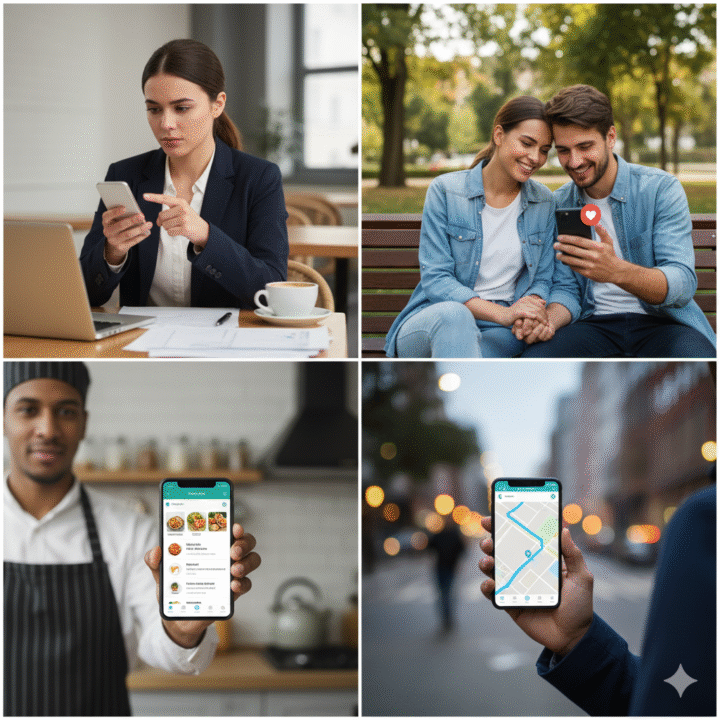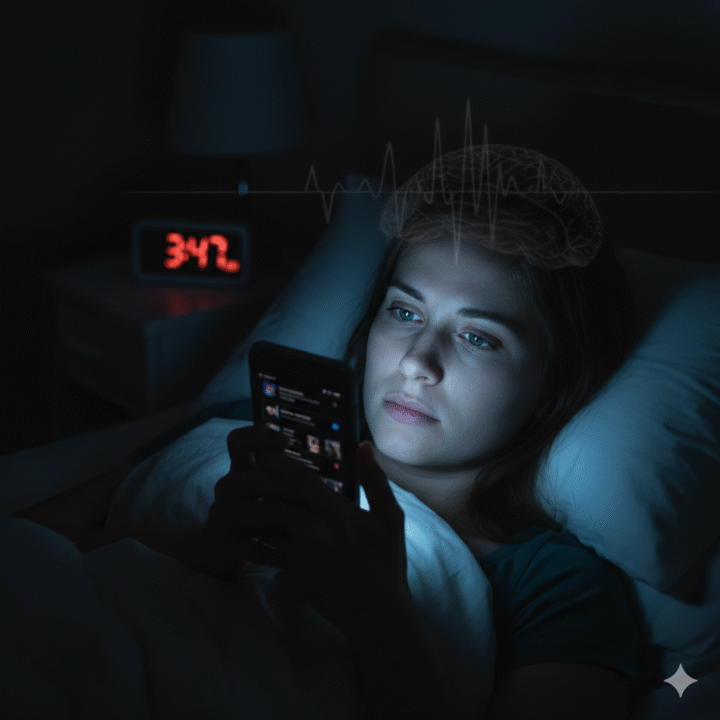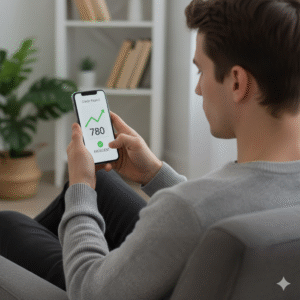How Smartphones Shape Our Days — Life, Health & Small Habits That Matter
Practical, friendly insights on how mobile devices quietly change our behavior, body, and well-being — and simple moves to strike a better balance.

Smartphones are tiny but mighty: pocket-sized computers, cameras, maps, and social stages. Because they’re always with us, their influence stretches from our daily routines to our sleep, focus, and friendships. This article explains those influences in plain language, highlights health implications, and offers simple, sustainable steps to keep phones useful — not ruling the day.
1. How smartphones change everyday life
- Always-on convenience: maps, banking, shopping, and quick answers are a tap away.
- Instant connection: we can message, share photos, and join communities anywhere, anytime.
- New routines: notifications, news feeds, and habit loops nudge what we do each hour.
Convenience is huge — but convenience also rewires habits. A small action (check a notification) repeats and becomes a reflex. When those micro-reflexes cluster, they shape how we spend attention and time.

2. Mental health: attention, stress, and mood
Smartphones sharpen convenience but scatter attention. Every ping asks for short bursts of attention, fragmenting deeper focus. Over time, that makes extended concentration harder and increases the subjective feeling of busyness.
Social media — designed to be sticky — can amplify comparison, FOMO (fear of missing out), and anxiety. For many people, doom-scrolling or repetitive checking becomes an emotional habit that saps mood and time.
The good news: small, intentional changes (notification hygiene, timed checks, or short device-free windows) reduce stress without giving up the conveniences we value.
3. Physical health: posture, eyes, and sleep
Phones change posture — look down long enough and the neck, shoulders, and upper back pay the price. “Text neck” is a shorthand for the strain caused by forward head posture during extended phone use.
Screens emit blue light that can delay melatonin release, making it harder to fall asleep — especially if you browse late at night. Over time, poor sleep affects mood, cognition, and physical recovery.
Eye strain is common: small text, glare, and prolonged focusing at close distance can cause dryness, fatigue, and headaches. Regular breaks and reasonable text sizes help a lot.
4. Relationships: connection vs. presence
Phones let us keep in touch across distances, but they also shift how we relate when we’re physically together. Checking a phone during a conversation signals distraction and reduces the quality of the exchange.
A balanced approach keeps the benefits — staying connected with friends and family — while protecting face-to-face presence. Simple norms (phones off the table during meals, for instance) boost relationship satisfaction more than most people expect.

5. Children and teens: growing minds and screens
For younger children, screen time influences language, play, and attention development. For teens, social media shapes identity and peer norms — which can be empowering but also risky if exposure is constant and unsupervised.
Parental modeling — how adults use phones — often matters more than strict rules. Guided limits, co-viewing content, and tech tools (screen time settings) help children learn balanced habits.
6. Practical, friendly fixes you can try today
- Notification triage: turn off nonessential alerts. Keep only calls/messages from people you need.
- Phone-free pockets of time: start with 30–60 minutes a day (meals, a walk, bedtime wind-down).
- Night mode + bedtime routine: use a blue light filter and stop screens 30–60 minutes before sleep.
- Ergonomics reminder: lift the phone to eye level and take a 20–30 second stretch break every 20 minutes.
- Single-tasking windows: set a timer (25–50 minutes) for focused work with the phone on do-not-disturb.
- Mindful check-ins: before unlocking, ask: “Why am I opening the phone?” Two honest answers help break autopilot.
These changes don’t require dramatic sacrifice — they’re about nudges that restore control and reduce friction between what you want to do and what you keep doing.
7. Final thought
Smartphones are among the most useful tools people have ever carried. Their influence becomes problematic only when convenience overrides choice. By shaping small daily rituals — how we check, when we check, and how we wind down — you regain time, sleep, and calm without losing the benefits.
Pick one tip from this article to try for a week. Small experiments reveal what really helps you — and helps your health — without turning life upside down.


